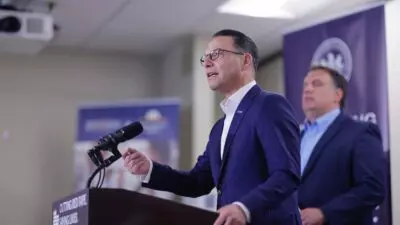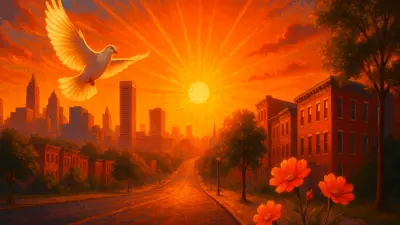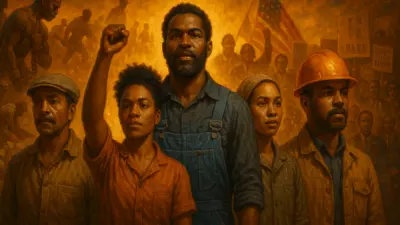The “Polklore” museum in Indiana’s capital is preserving generations of rich history using interactive tech that helps personalize the experience by introducing visitors to those who’ve lived there for generations.

How do you strengthen a neighborhood without gentrifying it?
And how do you welcome new neighbors without erasing the existing history of those who’ve lived there for generations prior?
By inviting the community to help curate a museum that displays their family artifacts and shares personal stories, of course.
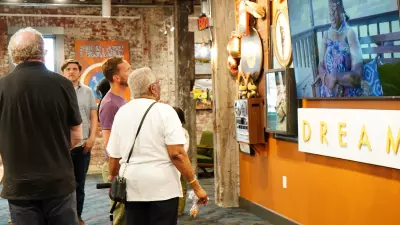
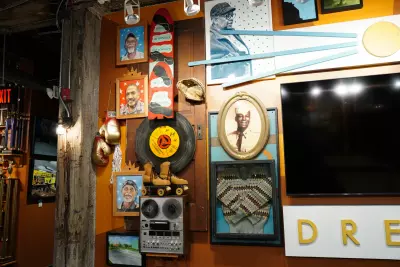
That’s what’s happening in Indianapolis’ historically Black neighborhood Martindale-Brightwood, where the former Polk Stables building has recently been converted into a coworking space that also houses a small museum showcasing the area’s rich history.
The Polklore Micro-Museum is the brainchild of the Harrison Center, a long-time creative placemaking practitioner for supporting and celebrating art and its creators in the Indianapolis area.
After decades of vacancy and neglect, Polk Stables was reimagined to meet the community’s current needs, starting with an $8 million renovation that was completed in May, with the Polklore Museum opening just two months later.
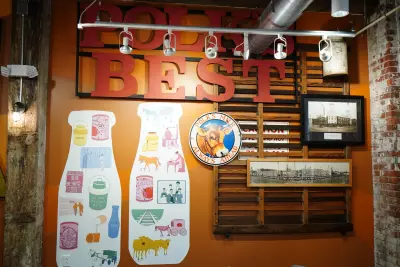
But this isn’t the first time the dairy has supported or inspired great artists. Jazz great Wes Montgomery once worked there. And famed New York artist Andy Warhol created a piece of art inspired by the dairy’s logo.
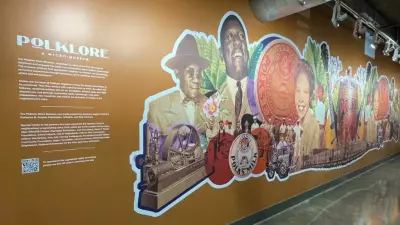
The new museum was co-created with residents of the neighborhood to preserve the community’s culture. In addition to interactive exhibits elevating artifacts and stories, the museum hosts Polk Fellowships for both artists and entrepreneurs.
Harrison Center student interns from Butler University and Purdue University’s School of Engineering and Technology students supported all aspects of the museum’s design, including video production, augmented reality, and other technology.
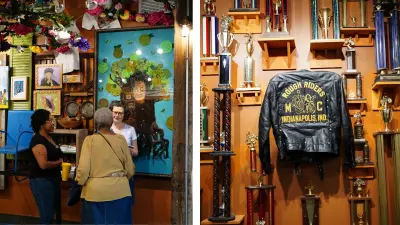
Here’s how it works: Polklore visitors train their cell phone on an item in the museum, then learn about it via a video recording of its owner or relative discussing the significance of the items like kitchen utensils used to make countless meals, old home furnishings, photos, and much more.

This immersive approach to artifact interpretation serves as a portal into the neighborhood’s deeper narrative and immerses viewers in the stories of those who came before them.
In addition to interactive exhibits elevating artifacts and stories, the museum hosts Polk Fellowships for both artists and entrepreneurs.
The artist fellowships are funded by our National Endowment for the Arts Our Town grant. This adaptive reuse of the building is already cross-pollinating creative artists, innovative entrepreneurs, and long-term neighbors to collaborate on cultural solutions to community problems.
The partnerships surrounding Polklore and its Polk Fellowships will catalyze connections that lead to collaborative problem-solving around gentrification and other challenges facing communities in transition. Working in partnership with artists, entrepreneurs, and neighbors will bring a new imagination to address persistent social issues.
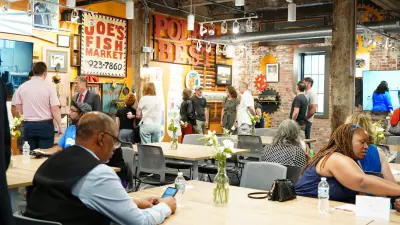
Through conversations around community needs, cultural preservation, art, and history, Polklore will not only unite entrepreneurs, artists, and neighbors around the wonder of a shared sense of story but turn wonder into action.
To learn more about the Polkfore Museum, visit the Harrison Center website: www.harrisoncenter.org/polklore



